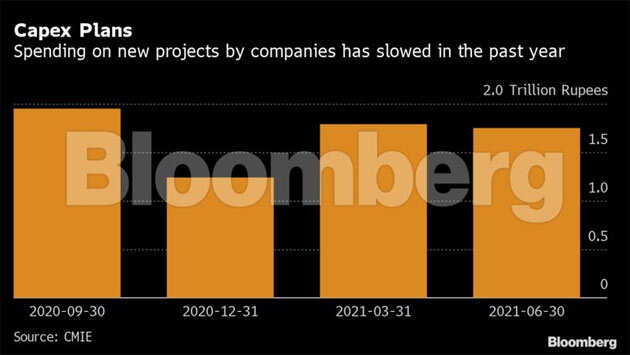Inclusion of retail and wholesale trade in MSMEs to help UCBs achieve higher PSL target
[ad_1]
Read More/Less
The classification of retail and wholesale trade as Micro, Small and Medium Enterprises (MSMEs) has come at an opportune time for urban co-operative banks (UCBs) as they are up against the challenge of a steep rise in priority sector lending (PSL) targets.
The Reserve Bank of India (RBI) had revised upwards the PSL target for UCBs in March 2020 from the then prevailing 40 per cent of net credit target.
So, UCBs had to achieve a PSL target of 45 per cent of net credit by March-end 2021. Further, they have to achieve PSL milestones of 50 per cent by March-end 2022, 60 per cent by March-end 2023, and 75 per cent by March-end 2024.
Bankers in the UCB sector were somewhat anxious whether they can achieve the 75 per cent PSL target by 2024. Now, with the inclusion of retail and wholesale trade within the ambit of MSMEs, this target seems attainable.
Under PSL, banks have to give loans to segments such as agriculture, micro, small and medium enterprises (MSEs), export credit, education, housing, social infrastructure, among others.
Employment opportunities
Satish Marathe, Founder-Member, Sahakar Bharati, and Director, Central Board, RBI, said UCBs will get a big relief as advances to retail and wholesale trade, and traders will now come under PSL.
He emphasised that this will promote self-employment and open up several other employment opportunities.
The classification of retail and wholesale trade as MSMEs was announced by the Government on July 2, 2021. Under the revised guidelines, loans to these segments will be classified as PSL.
Jyotindra Mehta, President, The National Federation of Urban Cooperative Banks and Credit Societies (NAFCUB), said: “This is a good move. Most of the UCBs are mid and small-sized banks. Their loan exposure limit is less.”
“So, by default, the loans these banks give is classified as MSME only. Since retail and wholesale trading has now come under the ambit of MSME, it widens the scope of lending for UCBs.”
Mehta observed that UCBs are cut-out for lending to MSMEs.
As at March-end 2020, the share of PSL in UCBs total advances was 50.4 per cent against 44.2 per cent as at March-end 2019, as per RBI data.
Of the 1,539 UCBs as at March-end 2020, majority (71 per cent) had advances of less than ₹100 crore and about 57 per cent had deposits of less than ₹100 crore.
[ad_2]

